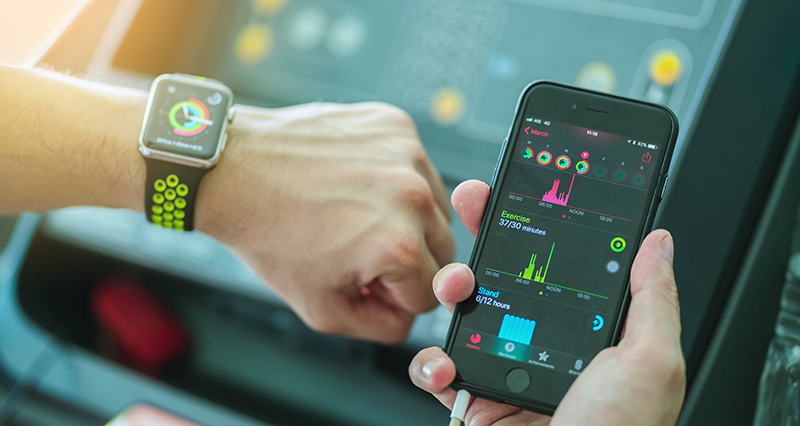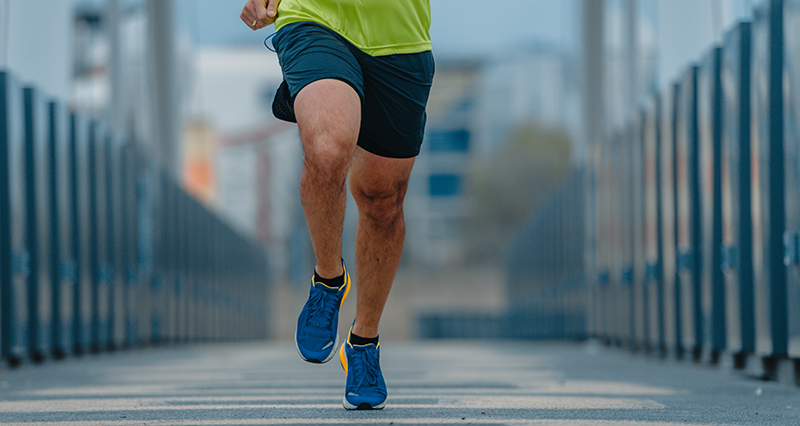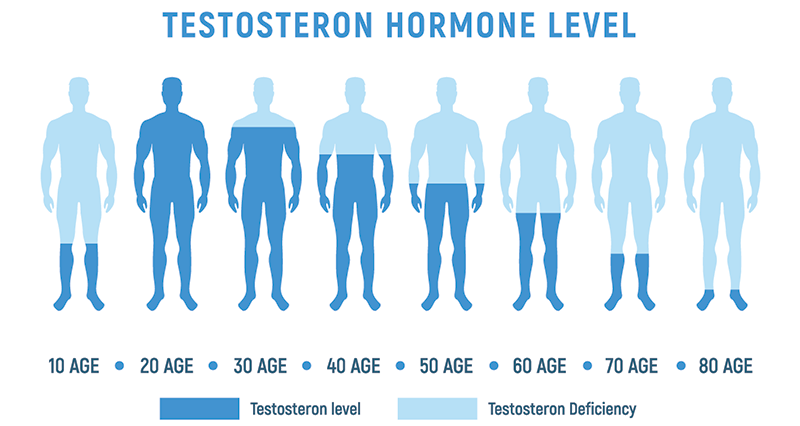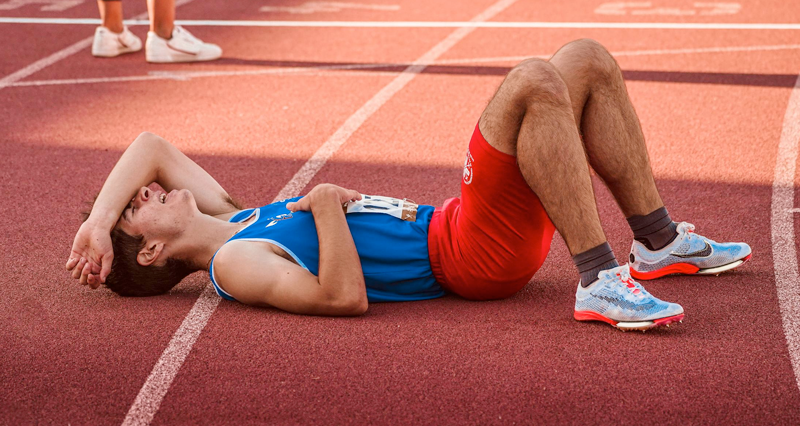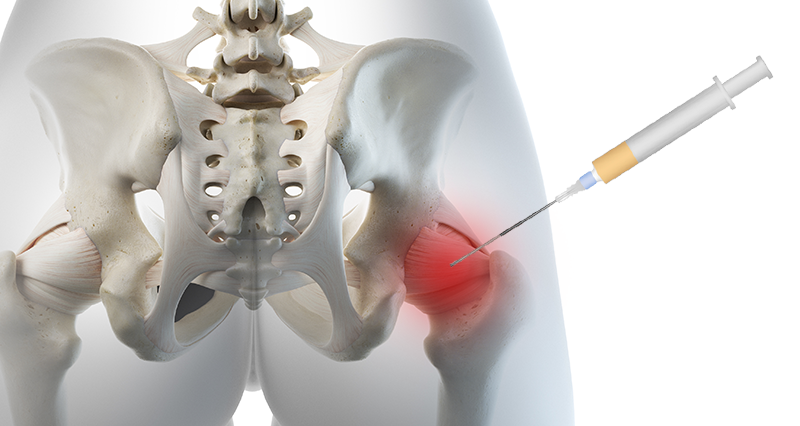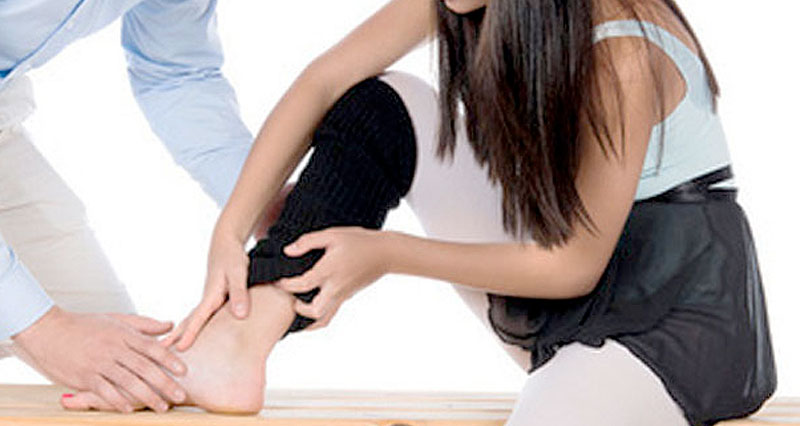You day job can significantly contribute to the risk of sustaining a sports injury and back pain, especially if your work involves activities that strain the body or lead to poor posture. Here are several ways this can happen whether you work in an office, or have a physically demanding profession:
1. Sedentary Jobs (e.g., Office Work)
Around 81% of UK office workers spend between four and nine hours a day sitting at their desks, making desk-bound jobs highly sedentary.
Prolonged Sitting
Jobs that require long periods of sitting weaken core muscles and cause poor posture, both of which increase the risk of lower back pain. Sitting for extended periods also puts pressure on the spine. As a result, this contributes to lumbar disc problems and tight hip flexors, leading to injuries during sport.
How to mitigate the risk:
- Stand up and move around regularly.
- Go to the gym or perform core exercises at home every day to prevent muscles weakening.
- Make sure your office chair is supportive and fully adjustable.
- Try sit-stand desks, or kneeling chairs to vary your sitting position.
Postural Imbalances
Poor sitting posture (slouching, leaning forward) can create imbalances in the muscles, particularly around the shoulders and lower back. This leads to muscular imbalances, increasing injury risk when you engage in physical activities.

For example, hyperlordosis is an increased curve in the lumbar spine, often caused by tight hip flexor muscles. When you try to lift your knees high at speed, or worse take off on a Long Jump board your tight hip flexors pull extra hard on the lower back resulting in back pain.
How to mitigate the risk:
- Stretch your hip flexor muscles every day because these adaptively shorten with prolonged sitting.
- Stretch your pectoral muscles.
- Perform rotator cuff and pulling type exercises to strengthen the back of your shoulders and avoid poor posture.
2. Physically Demanding Jobs (e.g., Manual Labor)
Repetitive Movements
Jobs that involve repetitive lifting, bending, or twisting can wear down muscles and joints over time, leading to overuse injuries such as tendinitis or back strain. These physical demands increase the risk of injury when combined with sports that require similar movements. For example using a manual screwdriver, or performing repetitive gripping exercises increases the risk of Tennis elbow (lateral epicondylitis).
Mitigate the risk:
- Use power tools where possible.
- Wear braces and supports to reduce the strain on potential weak areas.
- Be aware of how much stress you put on your body and allow adequate recovery.
- Apply ice or cold therapy to inflamed tendons.
Heavy Lifting
Lifting heavy objects without proper technique can cause acute injuries such as herniated discs or chronic conditions like sciatica, which can worsen with athletic activities that put further strain on the back. In particular, the lumbar discs in your spine do not like to be overloaded and twisted at the same time. For example, lifting a heavy barrel off the back of a lorry and twisting to put it down.
Mitigate the risk:
- Wear a back support or weight lifting belt when lifting heavy loads.
- Ensure you use correct technique and avoid twisting and lifting at the same time.
3. Jobs involving Standing or Walking for Long Periods
Fatigue
Jobs that require prolonged standing or walking (e.g., retail, healthcare) can lead to fatigue in the lower back, hips, and legs. Fatigue affects muscle stability and coordination, increasing the likelihood of injury during high-impact sports.
Improper Footwear
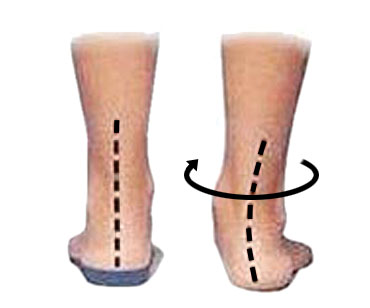
Wearing improper footwear during long hours on your feet can lead to foot, ankle, and knee problems, which can affect an athlete’s foot biomechanics and cause compensatory injuries like lower back pain. For example, if you wear hard, flat, unsupportive shoes then this may lead to Plantar fasciitis, bruised heel or other foot injuries.
Mitigate the risk:
- Choose your footwear wisely.
- See a podiatrist and get your foot type and gait assessed.
- Wear orthotic type insolse with cushioning if needed.
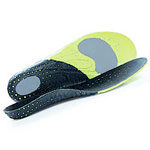
Arch Support Insoles
4. Stressful Jobs
High levels of work-related mental and physical stress can increase muscle tension, particularly in the neck, shoulders, and back. Stress can also contribute to poor sleep, which hinders recovery and increases injury risk during sports training.
Mitigate the risk:
- Retire and move to Thailand.
In summary, the type of day job an athlete has—whether sedentary, physically demanding, or high-stress—can greatly impact their risk of injury and back pain by affecting posture, muscular balance, and overall fatigue levels. Proper ergonomics at work, regular movement, and core-strengthening exercises can help mitigate these risks.

